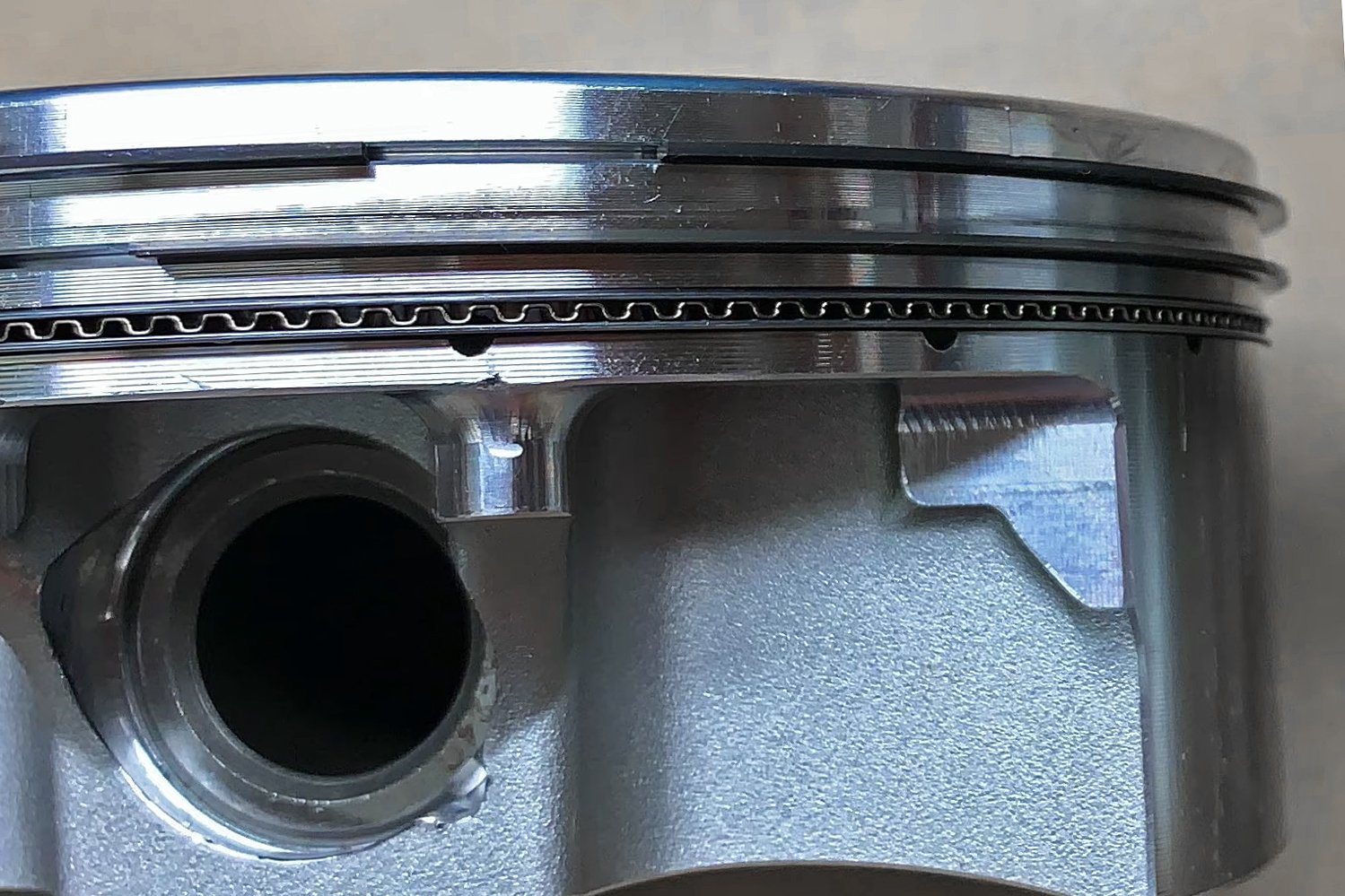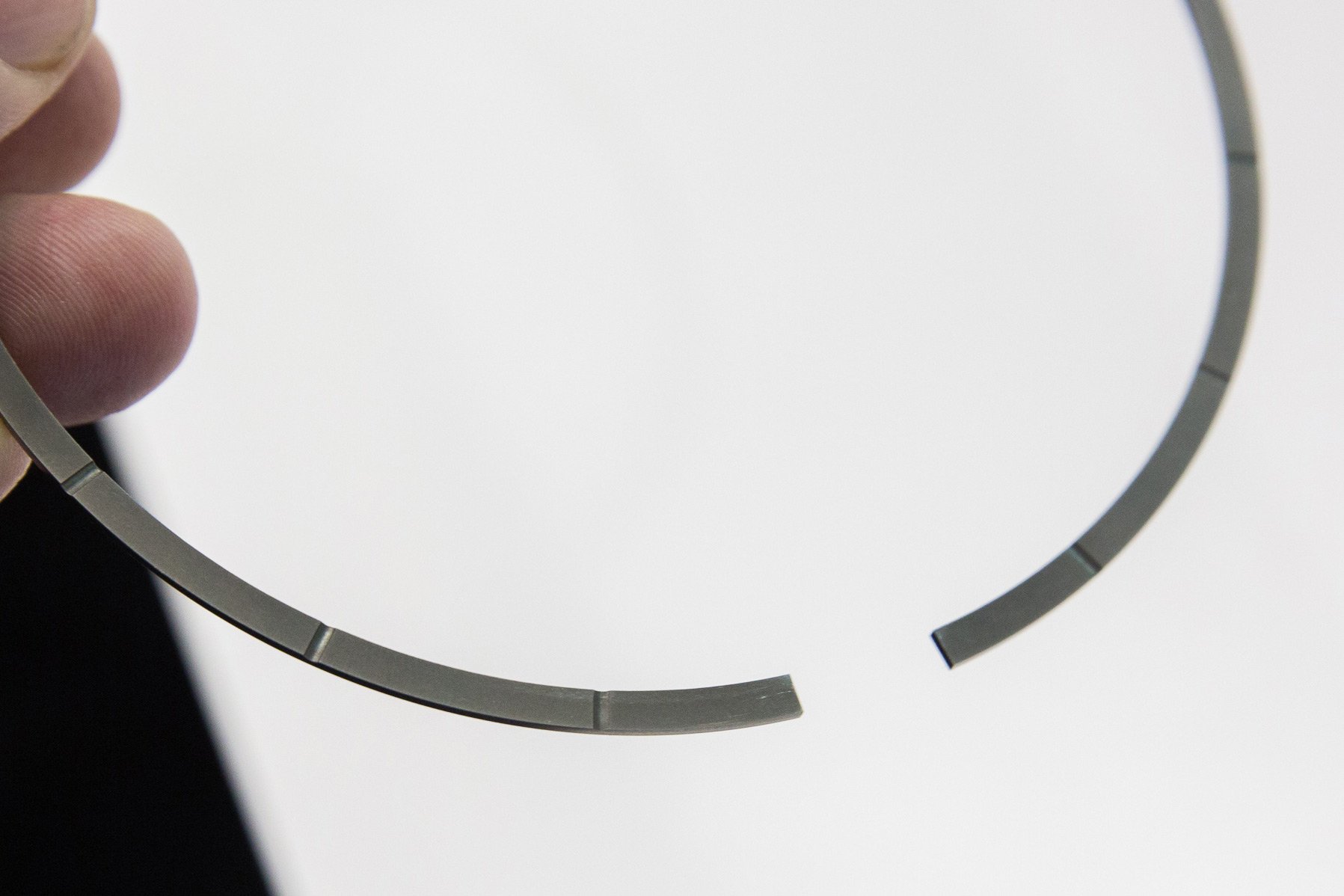MolaKule
Staff member
A small clearance is designed-in between the piston ring and its groove.
In terms of combustion pressure, give a short explanation of the action of the top ring in its relation to the oil film and cylinder wall.
In terms of combustion pressure, give a short explanation of the action of the top ring in its relation to the oil film and cylinder wall.
Last edited:




